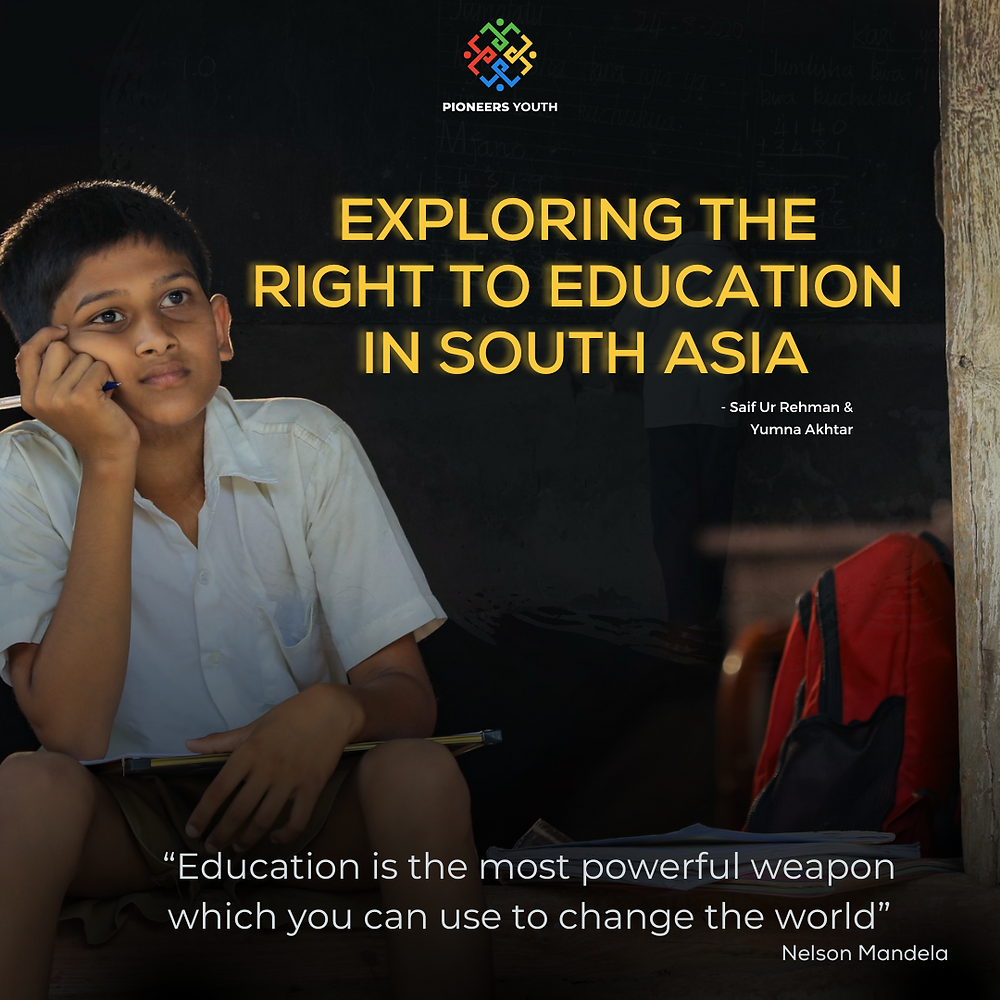
The Education Systems of South Asia: Unhealthy and Unfruitful
The education systems in Bangladesh, India, and Pakistan are fraught with systemic issues that render them both unhealthy and unfruitful. These challenges encompass outdated curricula, rote learning methodologies, inadequate infrastructure, and socio-political influences that collectively hinder the intellectual and socio-economic development of students.
Outdated Curriculum and Rote Learning
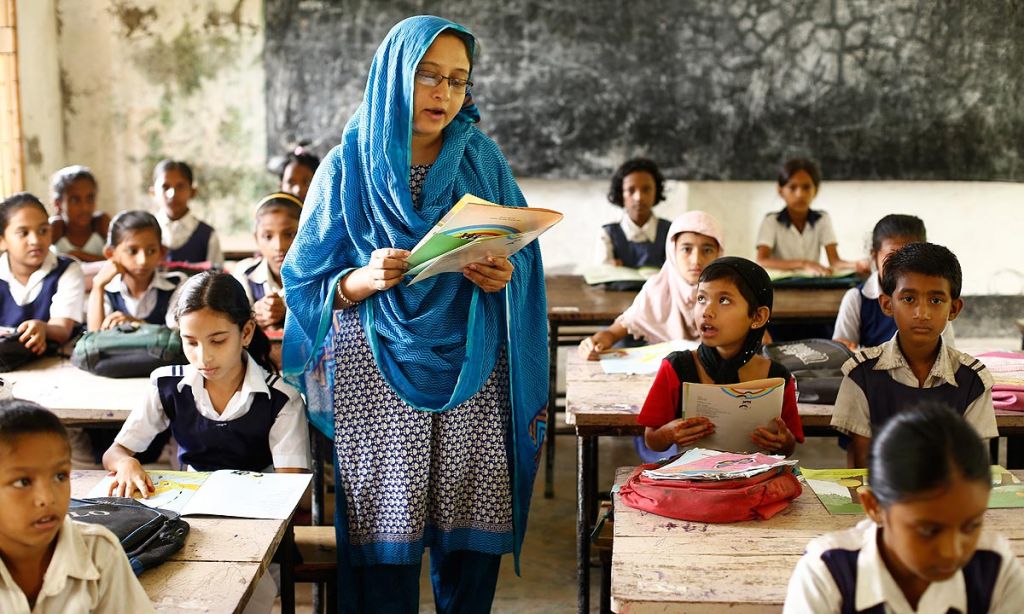
These nations struggle with outdated curricula and fragmented education systems, failing to meet modern standards in access, quality, and equity. The curriculum is often outdated and does not adequately prepare students for the challenges of the modern world. This emphasis on rote memorization over critical thinking stifles creativity and problem-solving skills, leaving students ill-prepared for the complexities of contemporary society.
Inadequate Infrastructure and Resources

The physical state of educational institutions further exacerbates the crisis. Many schools, especially in rural areas, lack basic amenities such as electricity, potable water, and proper sanitation facilities. In Pakistan, for example, the education system is plagued by a lack of qualified teachers, as many of them lack the knowledge and experience required to instruct students effectively. This lack of investment has resulted in poor infrastructure, insufficient teacher training, and outdated curricula that fail to meet the needs of the modern economy. Overcrowded classrooms and insufficient teaching materials create an environment unconducive to effective learning, contributing to high dropout rates and low literacy levels.
Socio-Political Influences and Curriculum Manipulation

Education in these countries is not immune to socio-political manipulation. In Pakistan, textbooks have been criticized for promoting biased narratives and fostering intolerance. The curriculum often includes content that undermines democratic values and constitutionalism, with reports indicating that textbooks may glorify certain political ideologies while marginalizing others. This politicization of education serves to indoctrinate rather than educate, impeding the development of a well-informed and open-minded populace.
Gender Disparities and Access to Education
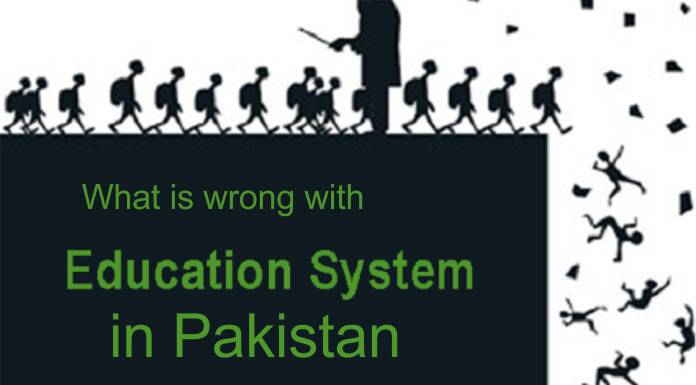
Gender inequality remains a pervasive issue within the educational landscapes of these nations. In Pakistan, for example, 77% of children are learning poor, meaning they cannot read or comprehend a simple written text by age 10. Poor quality schooling impacts all children, but it affects Pakistani girls more than boys. Fewer parents enroll girls in school, fewer girls stay in school, and fewer achieve learning outcomes even if they attend. Girls from rural areas suffer the worst educational outcomes and are the most susceptible to factors such as poverty and sociocultural beliefs that prevent girls and women in Pakistan from completing their education. This disparity not only deprives girls of educational opportunities but also perpetuates cycles of poverty and social inequality.
Economic Implications and Unemployment
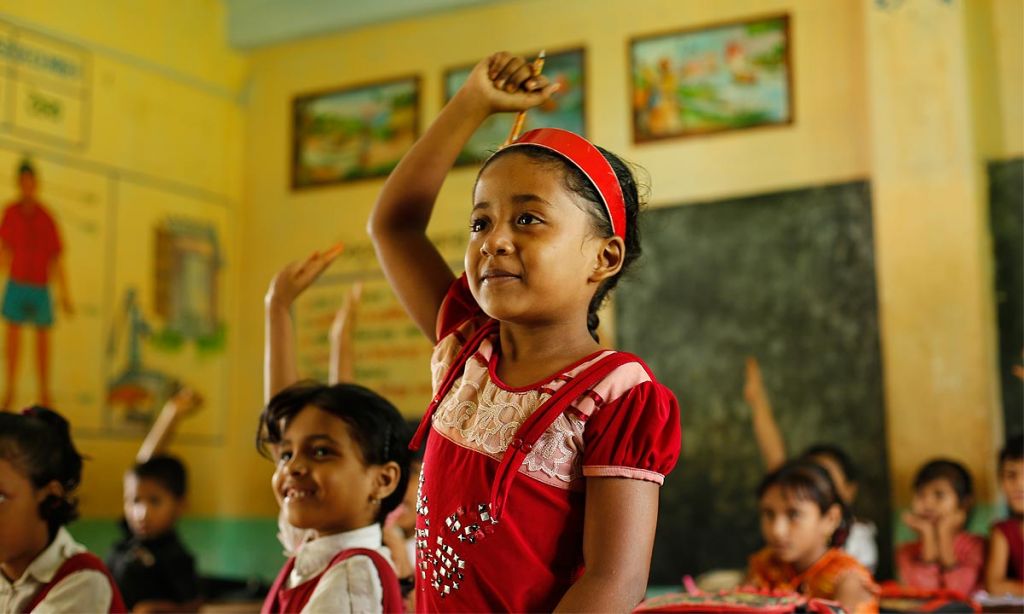
Deficiencies in education have direct economic impacts. In Bangladesh, reliance on rote learning stifles critical thinking and problem-solving. The system fails to prepare students for modern industries, unlike India, which better aligns education with industry needs. Graduates struggle in job markets, worsened by brain drain. Chronic underfunding—only 2-2.5% of GDP versus UNESCO’s 4-6% recommendation—leads to poor infrastructure, inadequate teacher training, and outdated curricula. This mismatch between education and labor market needs results in high graduate unemployment and a workforce ill-equipped for economic growth.
Transforming South Asia’s Education: A Collective Responsibility
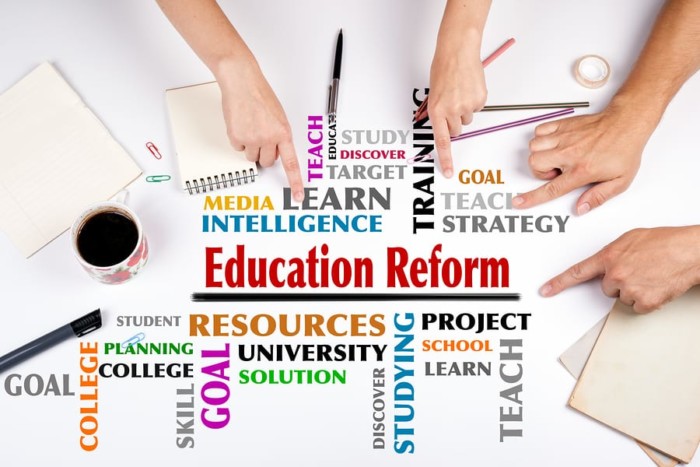
In the vibrant communities of Bangladesh, India, and Pakistan, education stands as a beacon of hope and a pathway to a brighter future. Yet, for many children, this beacon remains distant due to systemic challenges that hinder their educational journey.
Embracing Modern Curricula and Critical Thinking
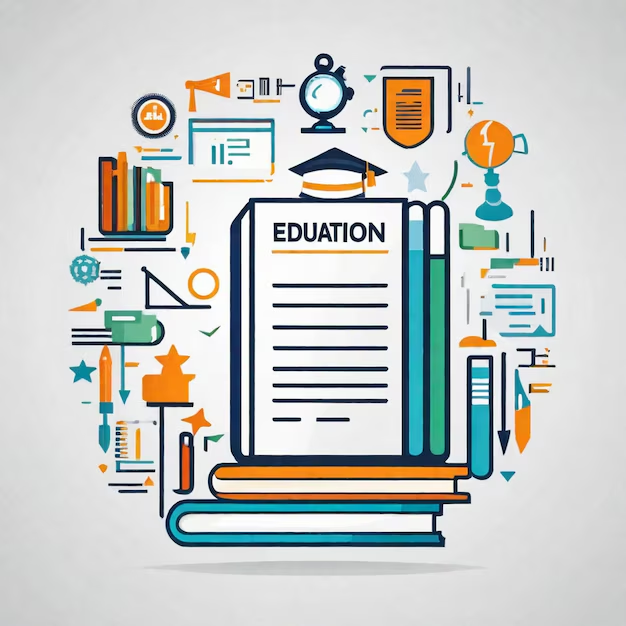
Consider the story of Iram Parveen from Bijnore, India. Growing up, she witnessed firsthand the limitations of an education system that prioritized rote memorization over critical thinking. Determined to make a difference, Iram pursued her education and later conducted research to understand the barriers Muslim girls faced in accessing quality education. Her journey underscores the urgent need to revamp our curricula to foster analytical skills and real-world problem-solving abilities. By integrating contemporary subjects and teaching methods, we can prepare our youth to navigate and contribute to an ever-evolving world. unoy.org
Investing in Infrastructure and Resources

In the rural landscapes of Gaibandha, Bangladesh, children gather in modest classrooms, eager to learn despite the lack of basic amenities. Initiatives like the Ananda Schools, part of the Reaching Out-of-School Children (ROSC) Project, have made significant strides by providing free books, stationery, and uniforms. These efforts have enabled over 500,000 children to continue their education. However, the journey doesn’t end here. Continuous investment is essential to ensure that every child learns in an environment equipped with proper facilities, paving the way for uninterrupted and effective education. blogs.worldbank.org
Empowering Teachers Through Professional Development
Teachers are the heart of our educational systems. In Pakistan’s Punjab province, authorities introduced a continuous professional development program, offering on-site support and mentoring for educators.This initiative has empowered teachers to adopt modern pedagogical techniques, directly enhancing student learning outcomes. By prioritizing such training programs, we can ensure that educators are well-equipped to inspire and guide the next generation. documents1.worldbank.org
Ensuring Socio-Political Neutrality in Education
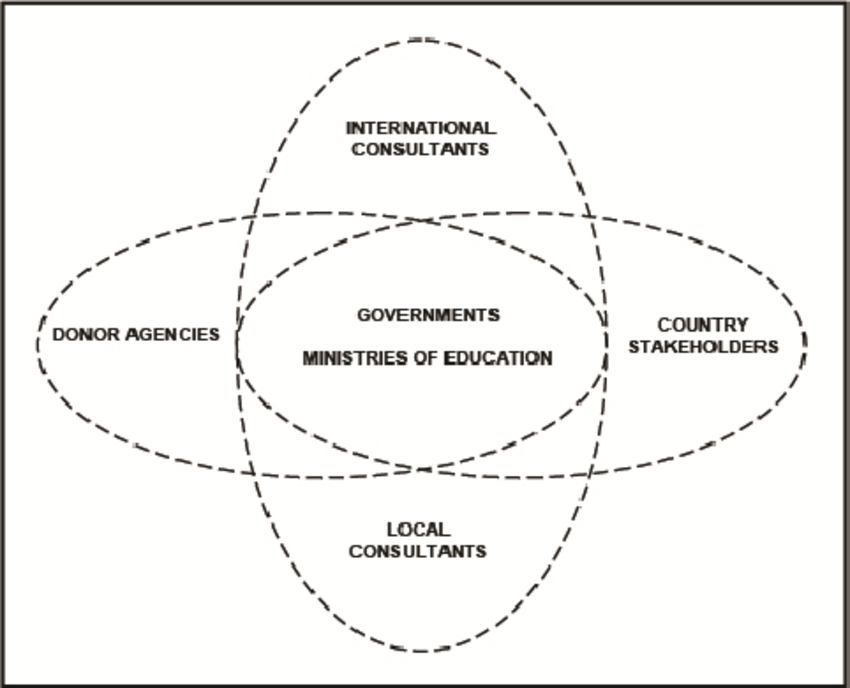
Education should be a platform for open inquiry and tolerance. However, in some regions, curriculum has been influenced by political and religious biases. Addressing this requires a collective effort to depoliticize educational content, ensuring that students receive unbiased information that broadens their perspectives and fosters critical thinking.
Promoting Gender Equality in Education
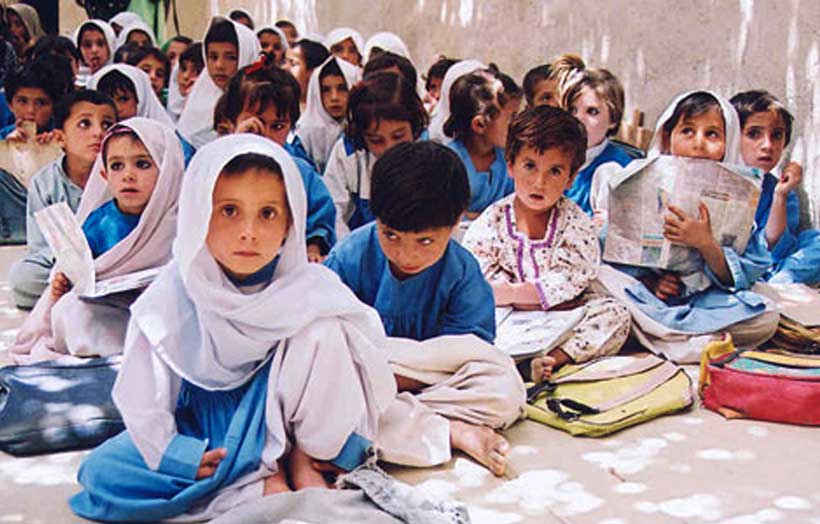
In many parts of South Asia, cultural norms have historically limited educational opportunities for girls. Iram Parveen’s experiences highlight the transformative power of education for women. By implementing policies that provide scholarships, safe transportation, and community awareness programs, we can challenge and change these norms, ensuring that every girl has the opportunity to learn and thrive. unoy.org
Aligning Education with Economic Realities
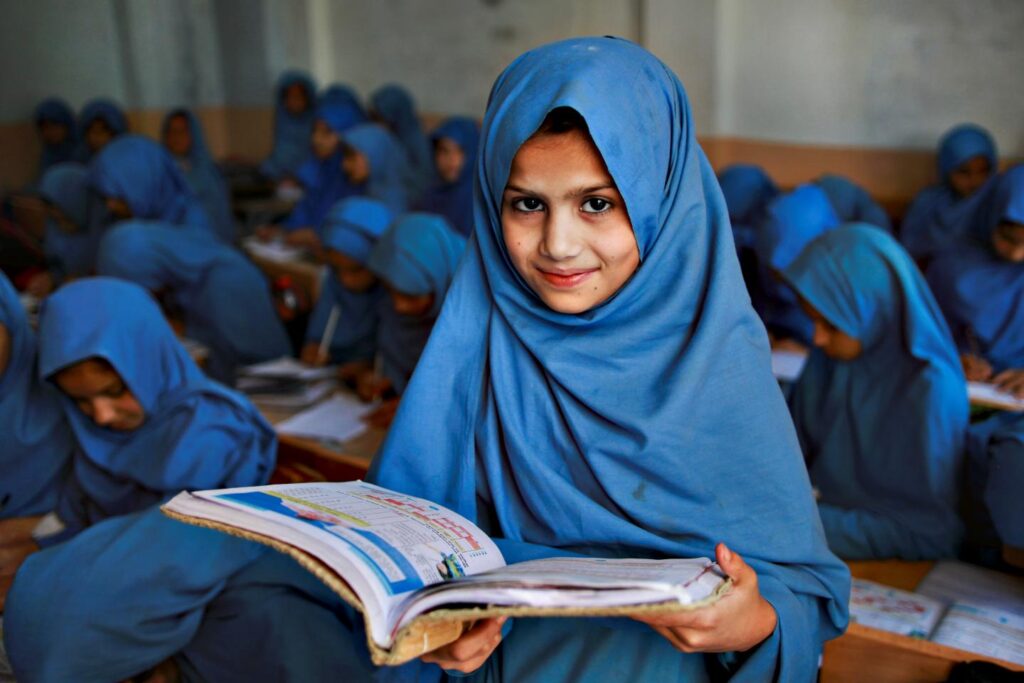
In Tamil Nadu, programs help students like Muthamizh Arasi bridge learning gaps, enhancing academic skills and real-world preparedness, especially post-COVID. jrs.net
A Collective Call to Action
The stories and initiatives highlighted above demonstrate that change is possible through collective effort. Governments, communities, educators, and families all play pivotal roles in reshaping the educational landscape. By embracing comprehensive reforms and fostering a culture that values and supports education, we can transform the futures of countless children across South Asia.
In conclusion, the challenges within the education systems of Bangladesh, India, and Pakistan are significant but not insurmountable. With commitment and collaboration, we can ensure quality education for every child, empowering them to build a better future.

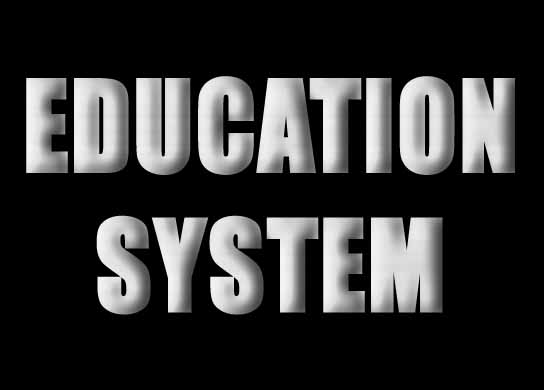
No Responses